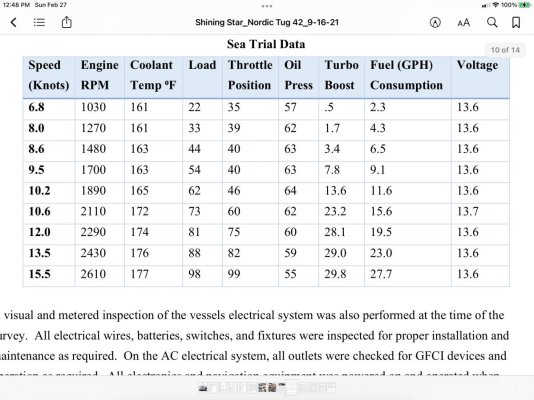Slider70
Senior Member
Well not being too political I hope, but Canada has no shortage of fuel in the ground. Our problem is getting it to market and refined. Too many people don't want pipe lines for reasons I don't really accept as sensible. We can't even get a new pipe line from Alberta to the East Coast on Canadian soil.
We are therefore forced to purchase most of our needs for the East Coast of Canada from other counties.
I know there is great logic in this. At least that is what I am told by my Government.
We will be cruising to the same places we planned but will be going slower and staying longer in our stops on the hook. Maybe doing some salmon trolling in the direction we want to go? Thank God for retirement. I do have empathy for those having time constraints or money challenges. We are busy spending our son's inheritance's with their encouragements. They tell us life is short enjoy it while you can!
We are therefore forced to purchase most of our needs for the East Coast of Canada from other counties.
I know there is great logic in this. At least that is what I am told by my Government.
We will be cruising to the same places we planned but will be going slower and staying longer in our stops on the hook. Maybe doing some salmon trolling in the direction we want to go? Thank God for retirement. I do have empathy for those having time constraints or money challenges. We are busy spending our son's inheritance's with their encouragements. They tell us life is short enjoy it while you can!


